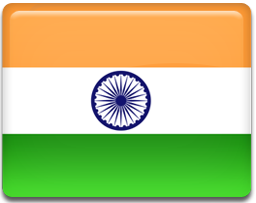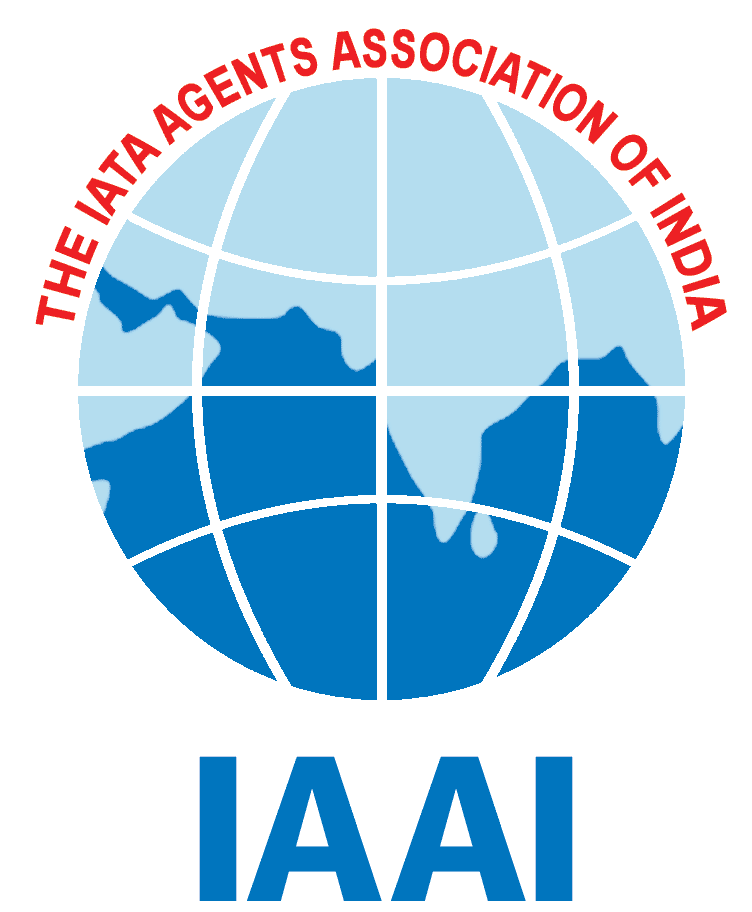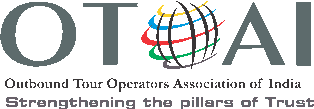Introduction
Bhutan is purely Buddhist Himalayan Kingdom which has unsurpassed scenic majesty and vibrant culture. The kingdom is still regarded as one of the last Shangrl-la’s in the Himalayan region and is living heritage of Buddhism. Sandwiched in the Himalayas between India, Nepal and the Tibet region of China, shares the world’s greatest mountains which makes it an exotic tourist destination.
Bhutan offers spectacular mountain views, Immense scenic beauty and a unique culture and lifestyle.
With an area of 38,394 square km., Bhutan is comparable to Switzerland both in its size and topography. The mighty Himalayas protected Bhutan from the rest of the world and left it blissfully untouched through the centuries.
Opened for tourism in 1974, after the coronation of the fourth King, His Majesty Jigme Singye Wangchuck, Bhutan is perhaps the world’s most exclusive tourist destination. The country still retains all the charm of the old world, and travelers experience the full glory of this ancient land as embodied in the monastic fortresses, ancient temples, monasteries and stupas which dot the countryside, prayer flags fluttering above farmhouses and on the hillsides, lush forests, rushing glacial rivers, and – perhaps most important of all – the warm smiles and genuine friendliness of the people. Each moment is special as one discovers a country, which its people have chosen to preserve in all its magical purity.
The Bhutanese have safeguarded their ancient way of life, beautiful Dzongs, temples and houses with architecture found nowhere else in the world, which adds up to the call to Bhutan.
Thimphu is the capital city & Paro which is at a 2 hours drive from Thimphu is the only airport in the country. Phuentsholing is an Indo-Bhutan border town and is one of the entry point to Bhutan by surface from India.
| Location |
Located in the eastern Himalayas, Bhutan is bordered by China in the north & Indian state of Arunachal Pradesh, Sikkim, Assam & West Bengal in the east, west & south. |
| Area |
38,398 sq. km. |
| Altitude |
Varying from 180 m. to 7550 m. above sea level. |
| Population |
Approx 7 hundred thousand |
| Capital |
Thimphu |
| Local Time |
6 hours ahead of GMT & 30 minutes ahead of IST. |
| Religion |
Mahayana Buddhism & Hinduism. |
| Language |
Dzongkha (official) English widely spoken |
| Currency |
Ngultrum (Nu.) equivalent to Indian rupee |
| Country dialing Code |
+975 |
| Architecture |
| One of the most striking physical features of Bhutan is its architecture. Bhutanese architectural forms comprise of chortens (stupas), stone walls, temples/monasteries, fortresses, mansions and houses. The characteristic style and color of every building and house in the kingdom is a distinct source of aesthetic pleasure. What makes the Bhutanese architectural landscape unique is the consistency of traditional designs found in both old and new structures. Thus the ancient fortresses and temples seem to merge with the modern day structures thereby creating a consistency in the architectural landscape. The castle-like Dzongs, with their gently tapering walls classic lines, large courtyards & beautiful galleries, are among the finest examples of Bhutanese architecture |
| Currency |
|
Ngultrum, the currency of Bhutan, has the same value as Indian rupee, which is also a legal tender.
|
| Food |
|
Staple diet is red rice, buck-wheat, wheat, maize, pork, beef, chicken, yak meat, cheese & chilies (taken as vegetable – not as spice).
|
| Arts & Crafts |
| Bhutan is known for handicraft items in bronze, silver & other metals. Sculpting of religious figures is widely practiced & every temple, houses are large brightly painted & gilded statues of the Buddha & other saints. There are thirteen forms of traditional arts & crafts known as Zorig Chosum (Zo means “to make”, Rig means “science”, Chosum means “thirteen”). The thirteen art forms include: woodwork, stonework, sculpture, carving, painting, black smithy, silver & goldsmithy, fabric weaving, embroidery/appliqué, bamboo & cane craft, paper making, masonry and leather work. |
| Sports |
| The national sport of Bhutan is archery. Other traditional sports include Digor-a kind of shot put, darts, & wrestling. |
| Living Culture |
| In almost every Dzongs (fortresses that house both the monastic & the Govt. administrative wings) there is an annual traditional festival (tsechus) that normally spans 3-4 days. Colorful & well choreographed mask dances are performed during the tsechus. Due to the nature of the lunar calendar, exact dates for tsechus vary from year to year. |
| People |
| Bhutanese are friendly & hospitable people. Four main linguistic groups constitute Bhutan’s population - the Sharchopas, who are held to be indigenous inhabitants, the Bumthangpas and the Ngalongpas who originate in neighboring Tibet, and the Lhotshampas, recent immigrants of Nepalese origin. |
| Dress |
| Bhutanese men wear “Gho”, which are longish robes tied around the waist by a cloth belt known as “Kera”. The women’s ankle-length dress is known as “Kira”, which is made of bright colored fine woven fabric with traditional patterns. |
| National Emblem |
| The National emblem, contained in a circle, is composed of a double diamond thunderbolt placed above a lotus, surmounted by a jewel & framed by two dragons. The double diamond thunderbolt represents the harmony between secular & religious power; which results from the Buddhist religion in its Vajrayana form. The lotus simbolises purity; the jewel - sovereign power; & the two dragons a male & female stand for the name of the country-the thunder dragon (Druk Yul). |
| National Flag |
| The national flag is rectangular & divided into two parts with a white dragon in the middle. The upper yellow half signifies the country’s secular authority of the King & the lower saffron-orange half signifies the religious practice & spiritual power of Buddhism. |
| National Tree |
| Cyprus (Cupresses Corneyana). |
| National Flower |
| Blue Poppy (Mecanopsis Grandis). |
| National Animal |
| Takin (Budorcas Taxicolor). |
| National Bird |
| Raven (Corvus Corax Tibetanus). |
| National Day |
| National day is celebrated on 17th of December in commemoration of the accession of Gogsar Ughen Wangchuk, the first king of Bhutan to the throne in 1907, in Punakha Dzong. |
| Gross National Happiness |
|
Three decades ago, the term Gross National Happiness (GNH) was coined by the fourth King His Majesty Jigme Singye Wangchuck. The concept of GNH was articulated to indicate that development has many more dimensions than those associated with Gross National Product. The GNH philosophy places the individual at the centre of all development efforts and thus recognizes that people not only have material needs but also spiritual and emotional needs as well. It asserts that spiritual and emotional needs cannot and should not be defined exclusively in material terms. GNH is an economic and development philosophy that serves Bhutan’s unique culture based on Buddhist spiritual values.
|







.png)